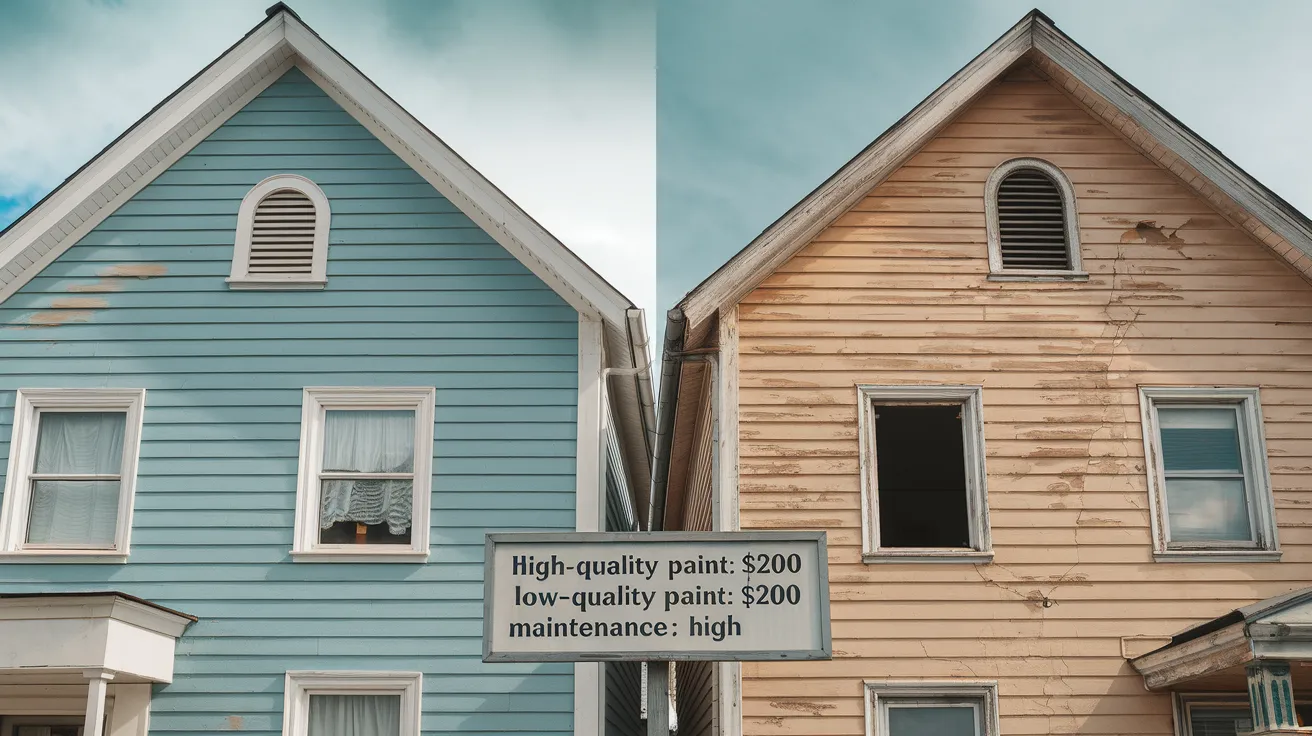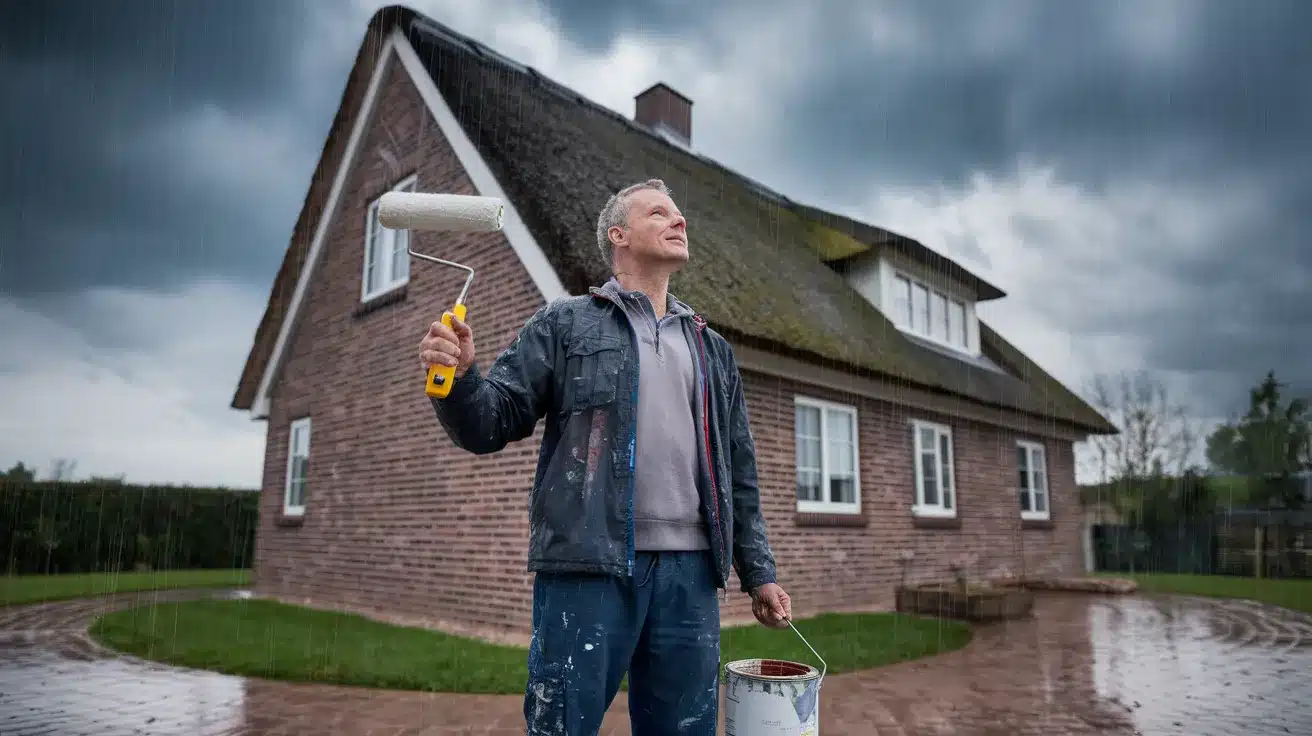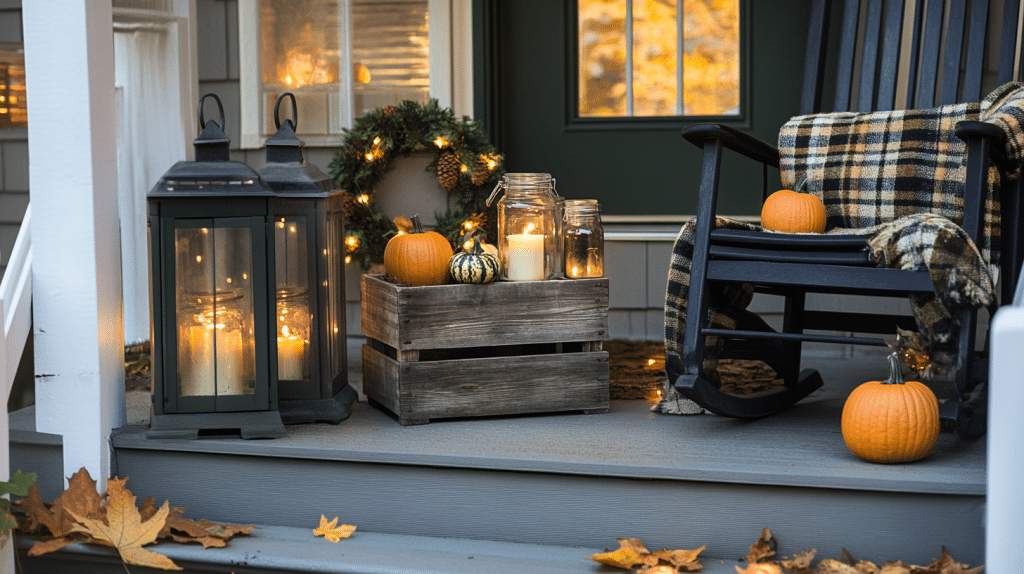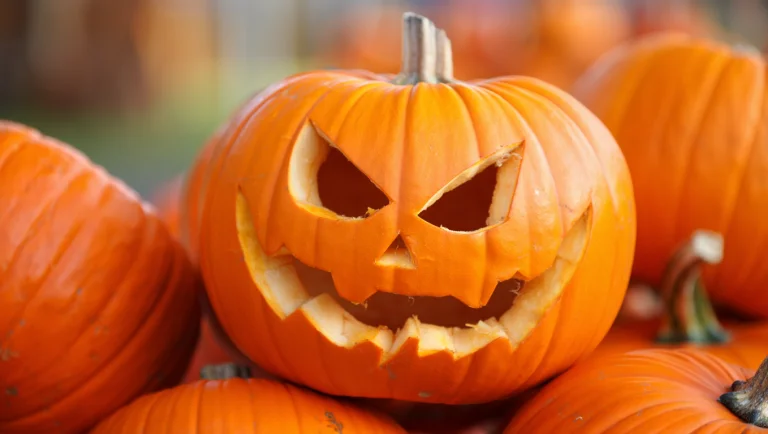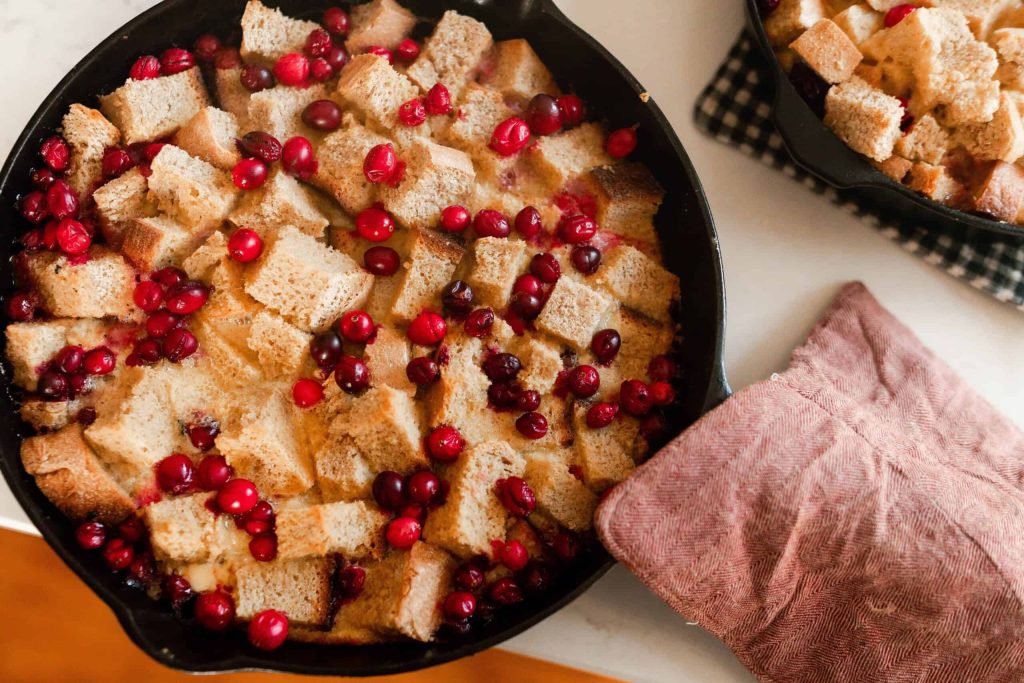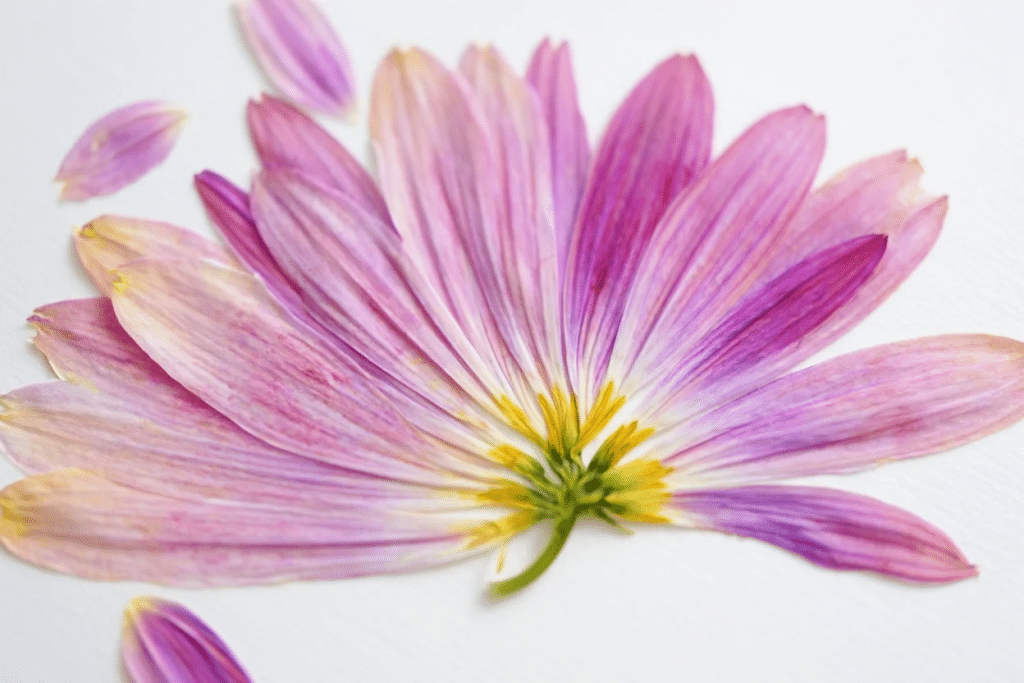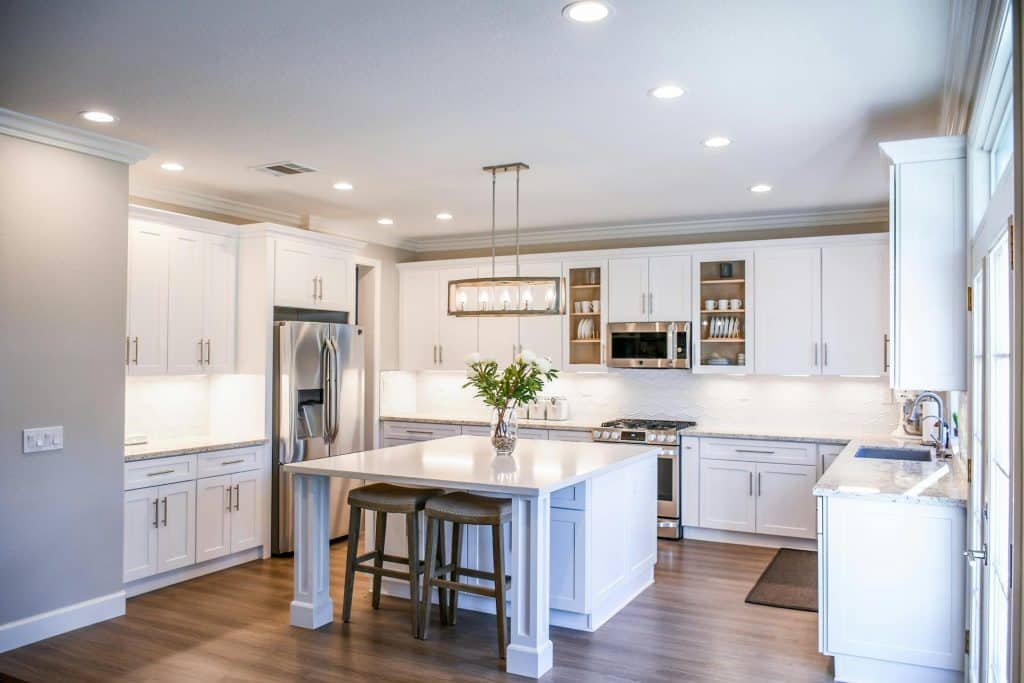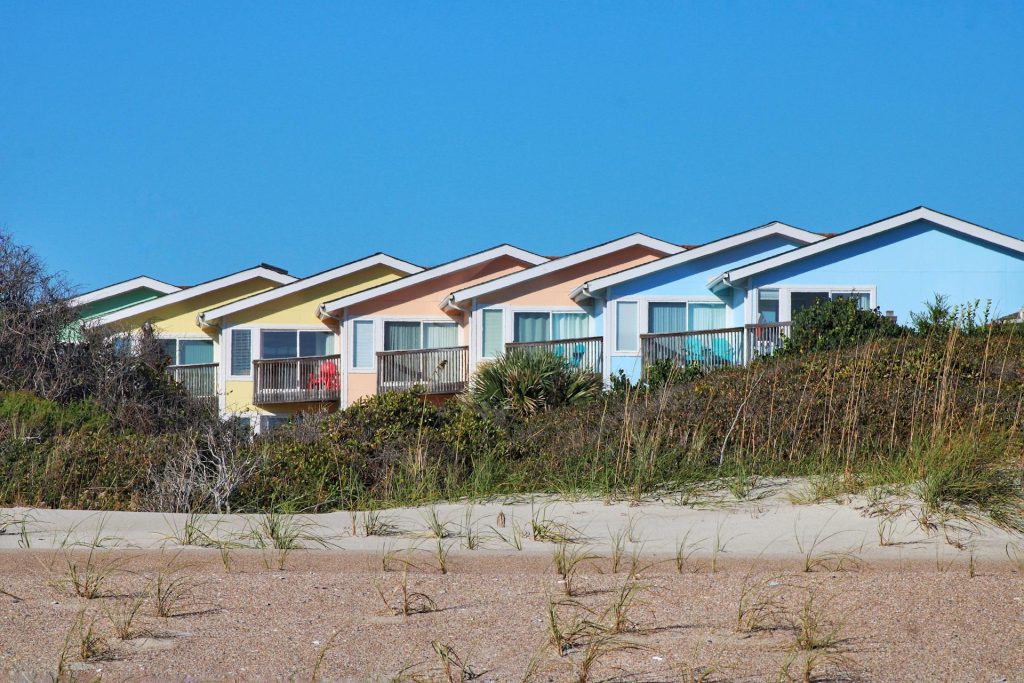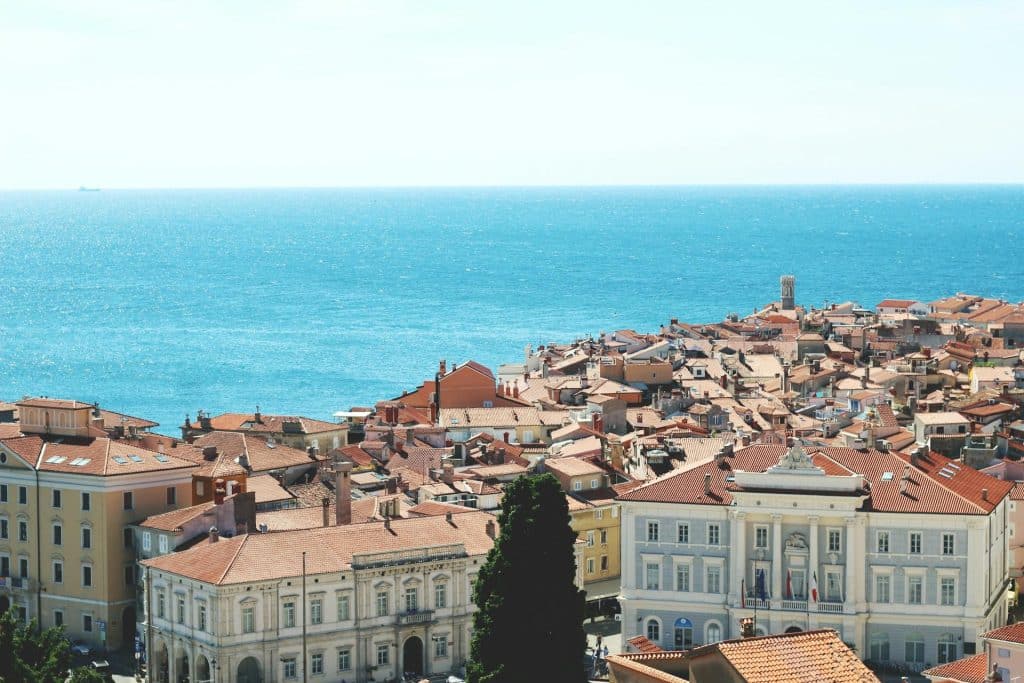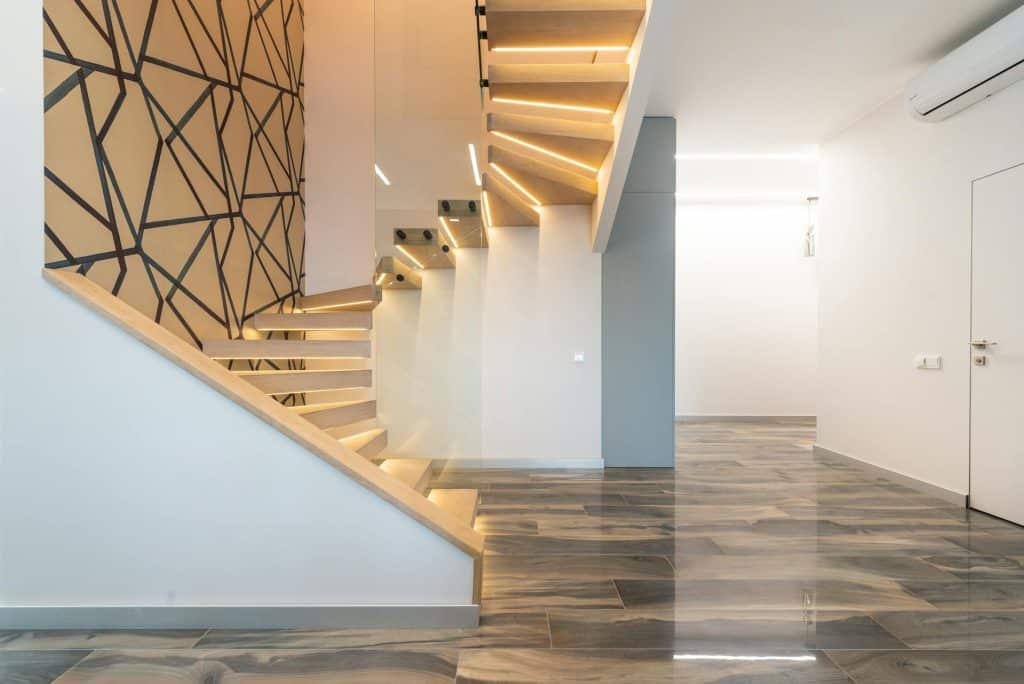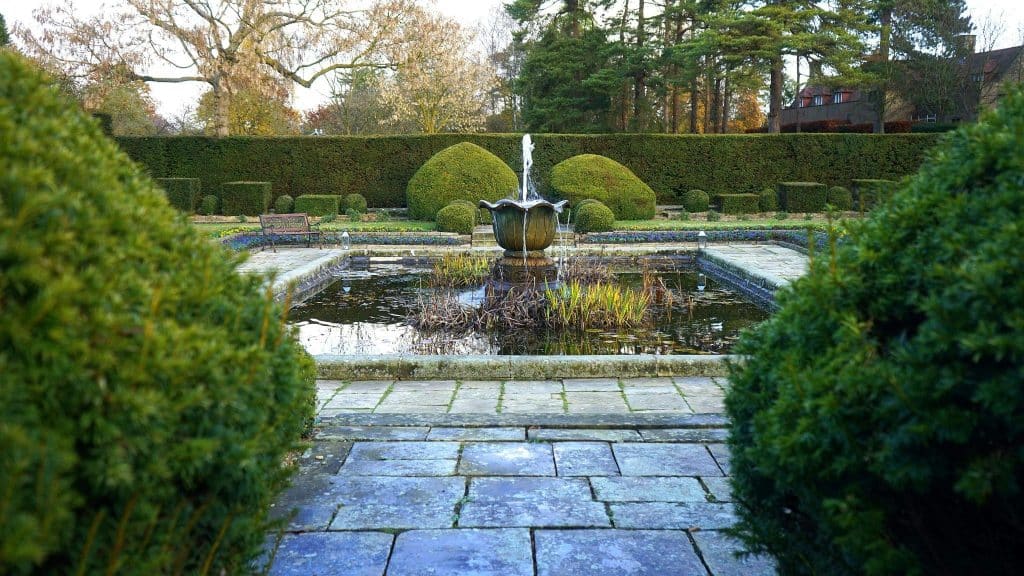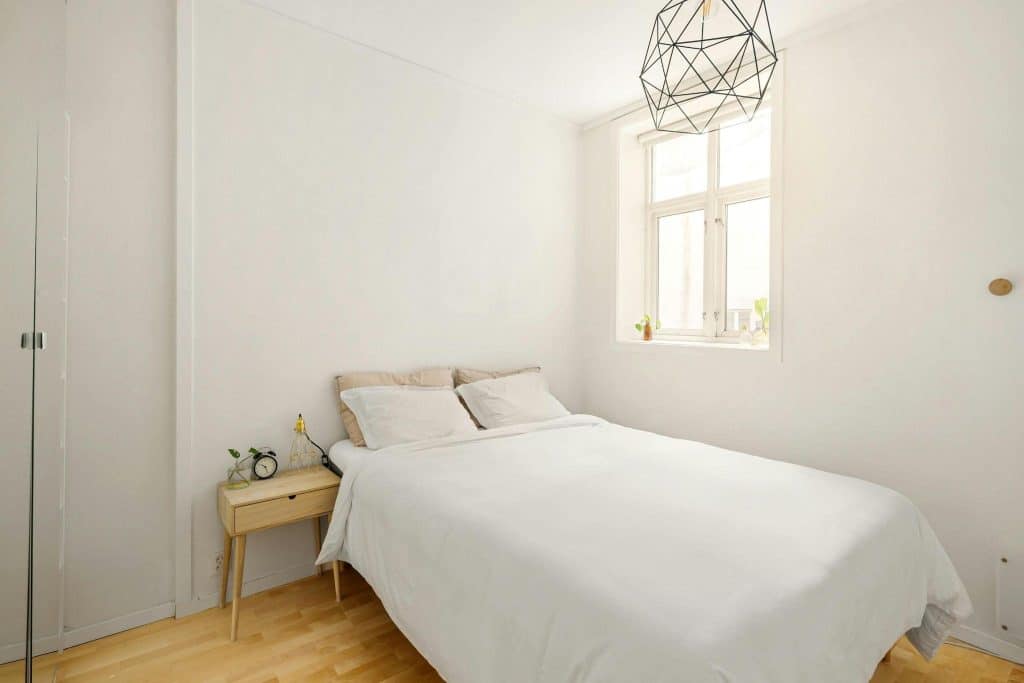Looking for the right paint for your home’s exterior can feel like a huge task.
With so many brands, types, and finishes available, most homeowners get stuck trying to figure out which option will last through harsh weather and still look good years later.
I’m here to help make this choice much easier for you. The right exterior paint doesn’t just protect your house, it can totally change how your property looks and boost its value too.
In this blog, I’ll discuss the best exterior paints that produce excellent results.
You’ll also learn about the best options for different surfaces, how to pick colors that work for your home style, and tips for making sure your paint job lasts years instead of months.
Best Exterior Paints Finishes
The finish of your exterior paint plays a key role in how your house looks and how well the paint performs over time. Here are the main types of finishes to consider:
Flat/Matte Finish
A flat or matte finish has no shine and works well to hide flaws on your home’s surface. This finish is ideal for older homes with imperfections, as it gives a smooth, non-reflective appearance.
Average Cost: $20 – $40 per gallon
Lifetime: 5-7 years, depending on climate and maintenance
Major Factors: More prone to staining and easier to scuff; best used on surfaces with fewer wear-and-tear demands.
Pros:
-
Hides surface imperfections and blemishes effectively.
-
Great for homes with older, worn-out surfaces.
-
Ideal for a more subtle, understated look.
Cons:
-
It can be harder to clean, especially in high-traffic areas.
-
It may not hold up well in harsh weather conditions and could wear down more quickly.
-
Not ideal for high-moisture areas or places with frequent exposure to dirt or debris.
Eggshell Finish
The Eggshell finish has a slight sheen that’s more than flat but less than satin. It offers a nice middle ground between durability and a subtle look.
Average Cost: $30 – $60 per gallon
Lifetime: 6-8 years, depending on environmental exposure and maintenance
Major Factors: An excellent option for most exteriors; it strikes a balance between appearance, durability, and ease of cleaning.
Pros:
-
Offers better durability and is more resistant to dirt than a flat finish.
-
Easier to clean than flat finishes.
-
Still conceals minor imperfections while providing some sheen.
Cons:
-
Not as durable as satin or semi-gloss finishes, particularly in areas exposed to harsh weather or high moisture.
Satin Finish
Satin finishes have a pearl-like, soft glow and are often preferred for their combination of aesthetics and durability. They’re resistant to mildew and dirt and easier to clean than flat or eggshell finishes.
Average Cost: $30 – $60 per gallon
Lifetime: 7-10 years, depending on climate and maintenance
Major Factors: Often used for trim and larger surfaces, as it resists moisture and mildew. It’s the go-to finish for areas exposed to the elements.
Pros:
-
Offers better durability and protection than flat or eggshell.
-
Stands up well to rain, snow, and general weather conditions.
-
Easier to clean than flat or eggshell finishes.
Cons:
-
Shows imperfections more than eggshell or flat finishes due to the sheen.
-
Requires more precise surface preparation to avoid visible flaws.
Semi-Gloss Finish
Semi-gloss finish is quite shiny and extremely durable. It is perfect for areas that experience frequent cleaning or high wear, such as doors, window frames, and trim.
Average Cost: $40 – $80 per gallon
Lifetime: 8-12 years, depending on exposure and maintenance
Major Factors: High durability and easier cleaning, but requires surface preparation to minimize the visibility of imperfections. Ideal for trim and doors.
Pros:
-
Excellent for high-traffic areas that need frequent cleaning.
-
The shine makes colors appear richer and deeper.
-
Resists moisture, dirt, and mildew better than satin or eggshell finishes.
Cons:
-
The shine tends to highlight imperfections like bumps and cracks in the surface.
-
It may be too reflective for large surface areas.
Gloss Finish
The gloss finish is the shiniest option available and offers the highest level of protection. It’s highly resistant to damage and very easy to clean, but the high sheen may be too intense for large wall areas.
Average Cost: $50 – $90 per gallon
Lifetime: 10+ years, depending on the exposure and maintenance
Major Factors: Best for specific areas like doors, trim, or railings. Ideal for homeowners who want the highest level of protection and easy maintenance but are willing to invest in the prep work.
Pros:
-
The most durable option; resists scratches, dirt, and moisture.
-
Very easy to clean, making it ideal for high-use areas.
-
High gloss enhances the depth of color.
Cons:
-
Shows every imperfection, bump, or crack, so surface preparation is crucial.
- The intense shine can be overwhelming for larger areas and may detract from the overall look of a home.
Things to Consider When Choosing the Best Exterior Paints for Your House
Choosing the right exterior paint for your home is a significant decision that goes beyond simply picking a color you like.
The paint you select needs to offer protection, enhance the curb appeal, and last for years. To help you make the best decision, here are the key factors to keep in mind when choosing the perfect exterior paint:
1. Climate in Your Area
The local climate plays a major role in selecting the right paint for your home. If you live in an area with a lot of sun, you’ll need a paint that offers UV resistance to prevent fading.
Moisture-resistant paint is essential for homes in rainy or snowy regions to avoid water damage, mold, and mildew.
Coastal homes need paint that offers added protection against the harsh effects of salt air, which can cause deterioration over time.
Understanding the weather patterns in your area can help you choose the most durable paint that will withstand the elements.
2. The Surface Material of Your House
Different exterior materials require different types of paint. Whether your house is made of wood, brick, stucco, or vinyl, the right paint ensures long-lasting coverage and prevents damage.
For instance, wood needs paint that can expand and contract with the material, while brick needs breathable paint to allow moisture to escape.
Vinyl siding requires flexible paint that won’t crack over time. Applying the wrong type of paint can lead to peeling, cracking, or poor adhesion, which can be costly to fix.
3. Quality and Price
While it might be tempting to opt for the cheapest paint option, quality should be a top priority. Lower-priced paints often need to be reapplied more frequently, costing you more money in the long run.
Higher-quality paints tend to offer better durability, improved resistance to the elements, and longer-lasting results.
Investing in premium paint can save you money over time by reducing the need for frequent touch-ups or reapplications.
4. Sheen Level
The sheen finish of your exterior paint affects both its appearance and performance. Flat or matte finishes hide imperfections and provide a smooth, subtle look, but they don’t hold up as well against the weather or stains.
Satin and semi-gloss finishes are more durable, standing up better to dirt, moisture, and wear. However, they tend to highlight imperfections on the surface, so they’re best for areas with a smooth finish.
Glossy finishes provide a high-shine, striking look, but they may show more flaws and can be harder to maintain.
5. VOC Content (Volatile Organic Compounds)
The VOC content of your paint is crucial for both health and environmental concerns. High levels of VOCs can release harmful chemicals into the air, which can affect both your health and the environment.
Look for low-VOC or zero-VOC paint options. These are safer for your home’s indoor air quality and offer an eco-friendly alternative that reduces pollution.
More and more paint manufacturers are offering VOC-free or low-VOC options, making it easier than ever to make a healthier choice.
6. Prep Work Required
Different types of paint require different levels of preparation before application. Some paints may need a special primer to ensure good adhesion, while others may require thorough surface cleaning or sanding.
Before making a purchase, check the manufacturer’s guidelines to determine what kind of prep work is needed for the paint you’re considering.
The less prep required, the quicker and easier your painting project will be, saving you both time and effort.
7. Long-Term Durability and Maintenance
When selecting the best exterior paints, consider not only how they look when freshly applied but also how they will age over time.
Choose a paint designed to withstand harsh conditions, such as extreme temperatures, humidity, UV rays, and moisture.
Additionally, opt for paints that are easier to clean and maintain, as exterior surfaces are often exposed to dirt, grime, and pollutants.
Regular maintenance can extend the life of your paint and keep your home looking fresh for years.
Preparing Your Home’s Exterior Before Painting
Good preparation makes the difference between a paint job that lasts for years and one that starts failing within months. Here’s how to get your home ready for new paint:
- Start by thoroughly cleaning all surfaces. Use a pressure washer or a hose with a strong nozzle attachment to remove dirt, dust, and loose paint.
- Repair damaged areas before painting. Fill holes and cracks with exterior caulk or wood filler. Replace any rotted wood or siding. Fix loose boards or trim.
- Remove loose or peeling paint with a scraper or wire brush. You don’t need to remove paint that’s still firmly attached.
- Sand rough areas to create a smooth surface. This helps the new paint stick better and creates a more even finish.
- Prime bare spots and repair them with a quality exterior primer. Priming seals the surface and provides a consistent base for your paint.
- Cover areas you don’t want painted with painter’s tape and plastic sheeting. This includes windows, doors, light fixtures, and plants near the house.
Look out For These Things when Applying Exterior Paint
Getting good results with exterior paint takes more than just buying quality paint. How you apply it makes a huge difference in how it looks and lasts.
Check the weather forecast: Aim for dry days with moderate temperatures, ideally between 50-85°F. Avoid painting in direct sunlight or when rain is expected within 24 hours.
Prep work is essential: Clean all surfaces thoroughly to remove dirt, chalk, and loose paint. Scrape, sand, and prime any damaged areas. This step takes time, but skipping it leads to early paint failure.
Use the right tools: Quality brushes and rollers help paint go on smoothly. Brushes work best for trim and detailed areas, while rollers cover large surfaces faster.
Start from the top: Begin with overhangs and work toward the foundation. This way, any drips or splatters land on unpainted areas.
Apply thin, even coats: Two thin coats usually provide better coverage and durability than one heavy coat.
Maintain a wet edge: Overlap your previous stroke before the paint dries. This helps avoid visible lap marks in the finished paint job.
Let the paint dry fully: Check the manufacturer’s instructions for recommended drying times; rushing this step can ruin your results.
Conclusion
Choosing the best exterior paints transforms your home’s appearance and provides lasting protection against weather damage. From selecting trendy colors to understanding different finishes, each decision affects the final result.
Remember that quality matters more than saving a few dollars upfront. Better paints offer superior coverage, durability, and color retention that pay off over time.
Proper preparation is just as important as the paint itself. Clean surfaces, repairs, and priming create the foundation for a successful paint job.
What’s your next step? Perhaps browse color samples for your home style or check local stores for the best exterior paints, and share your photos with us for your exterior designs



